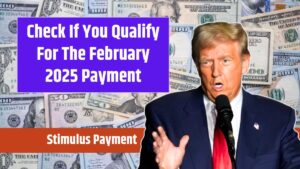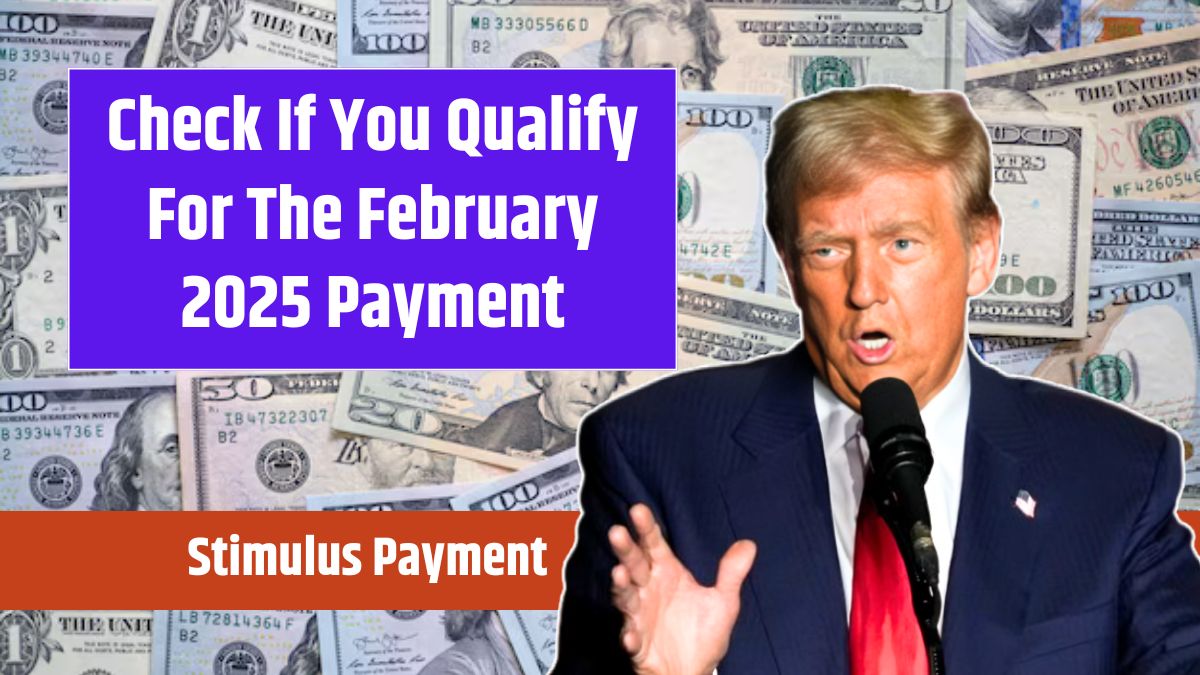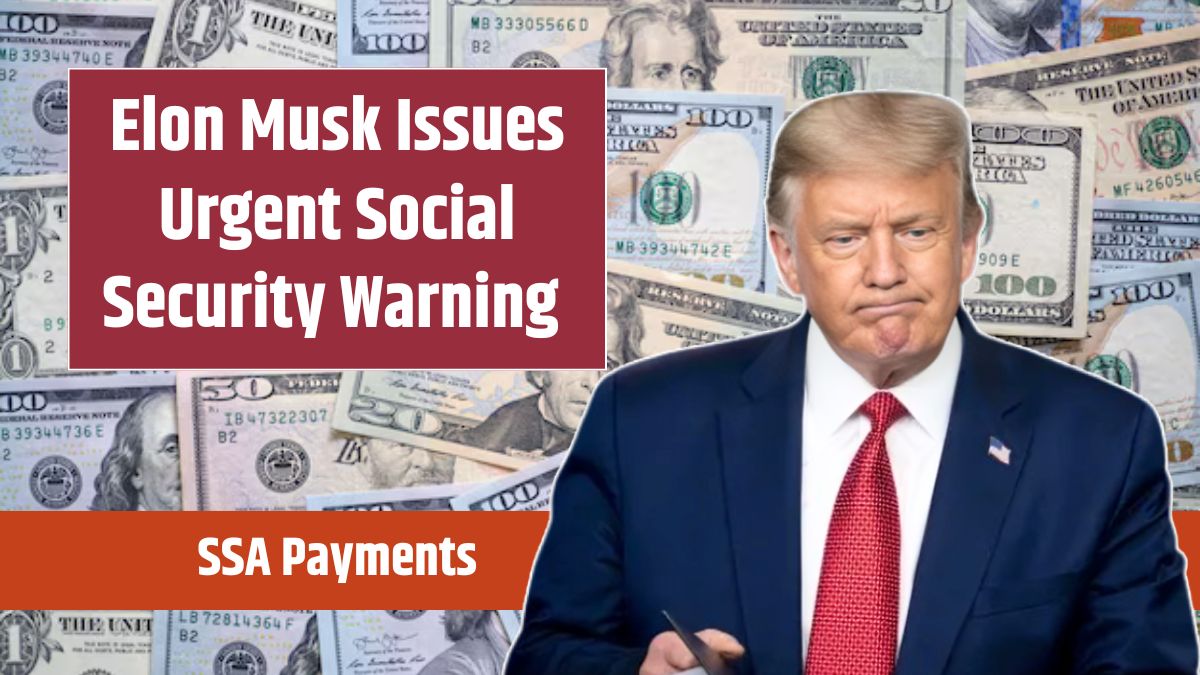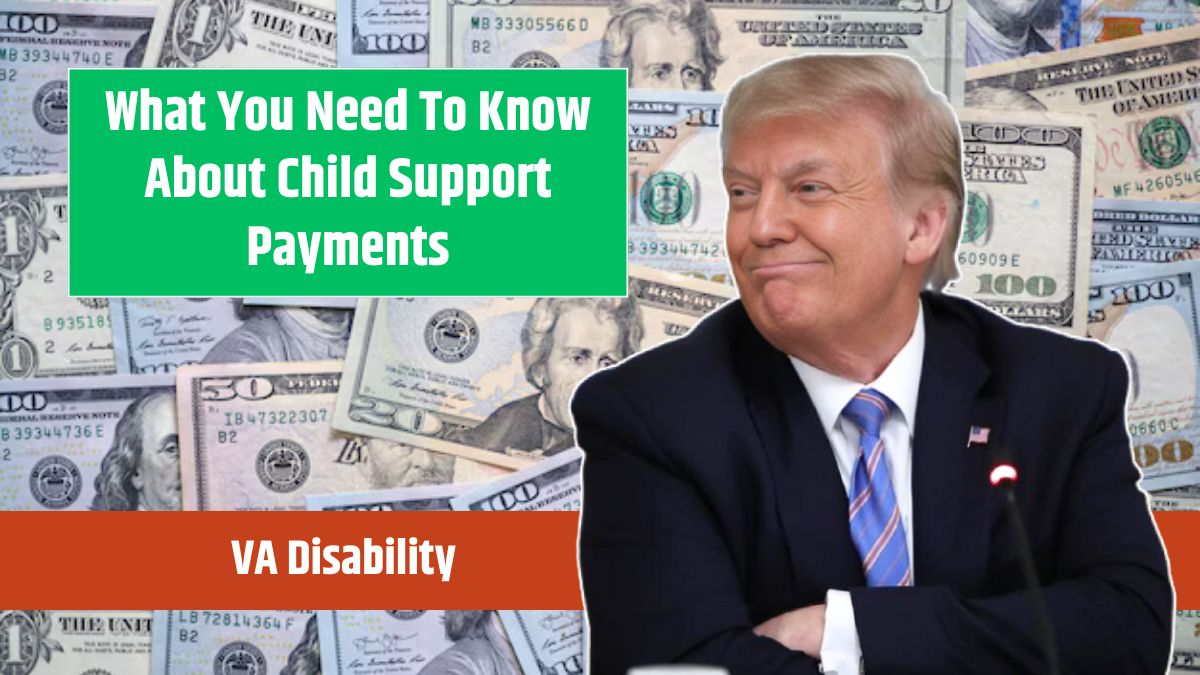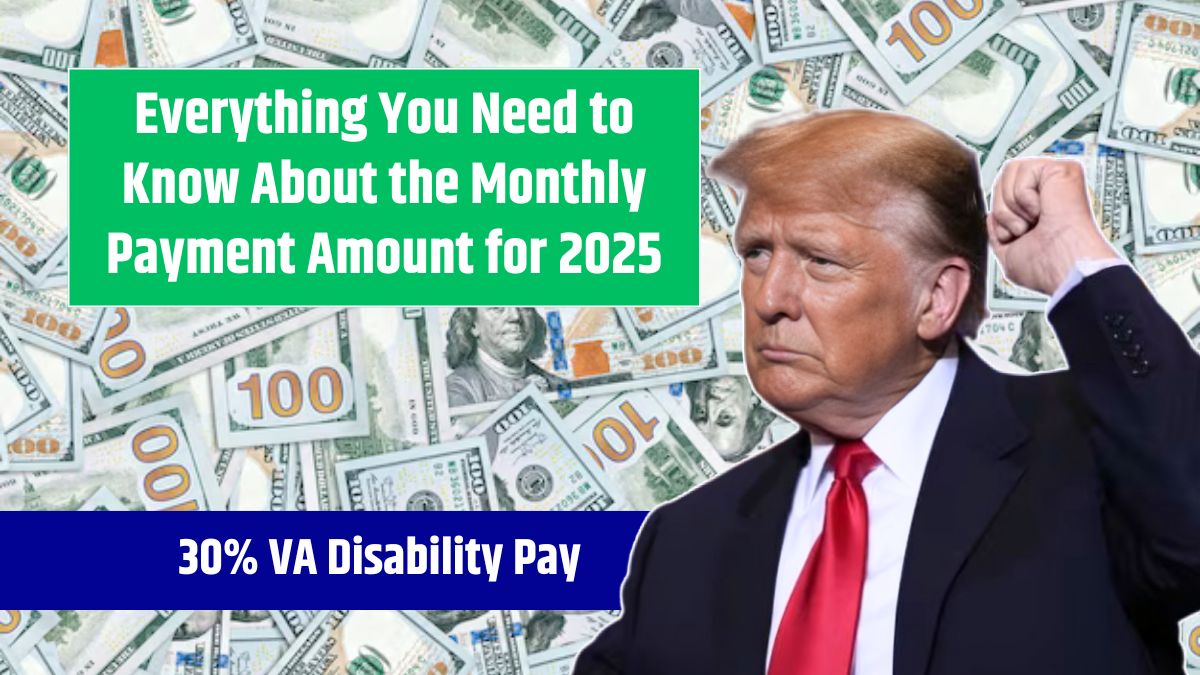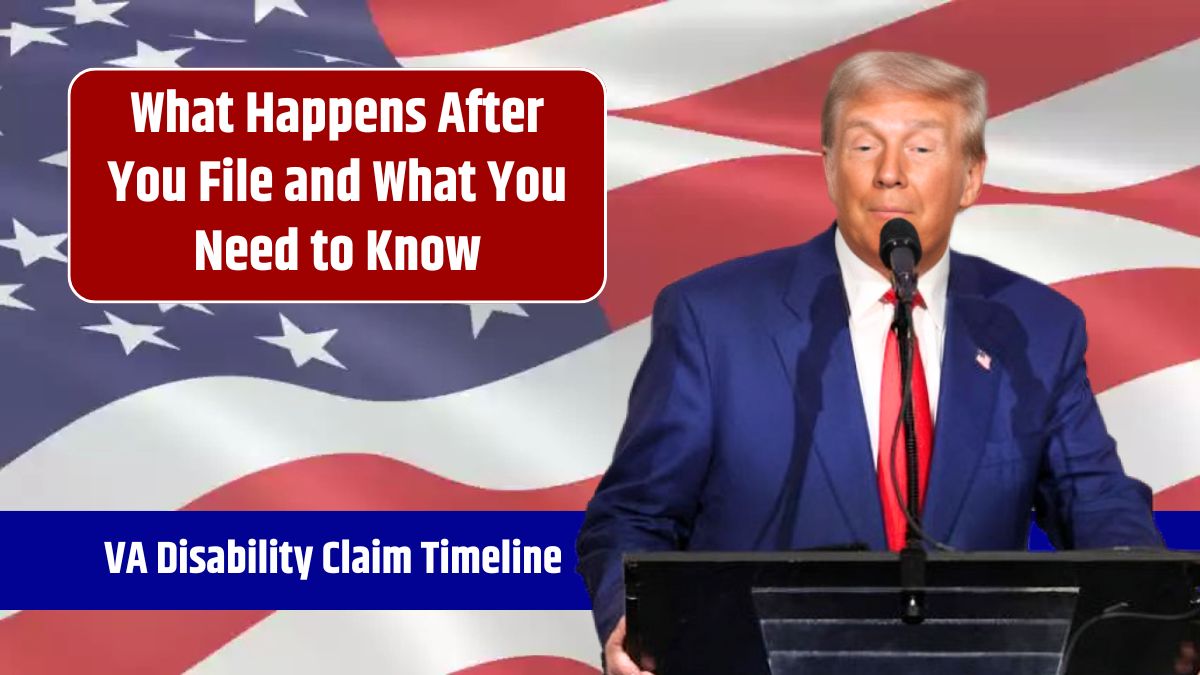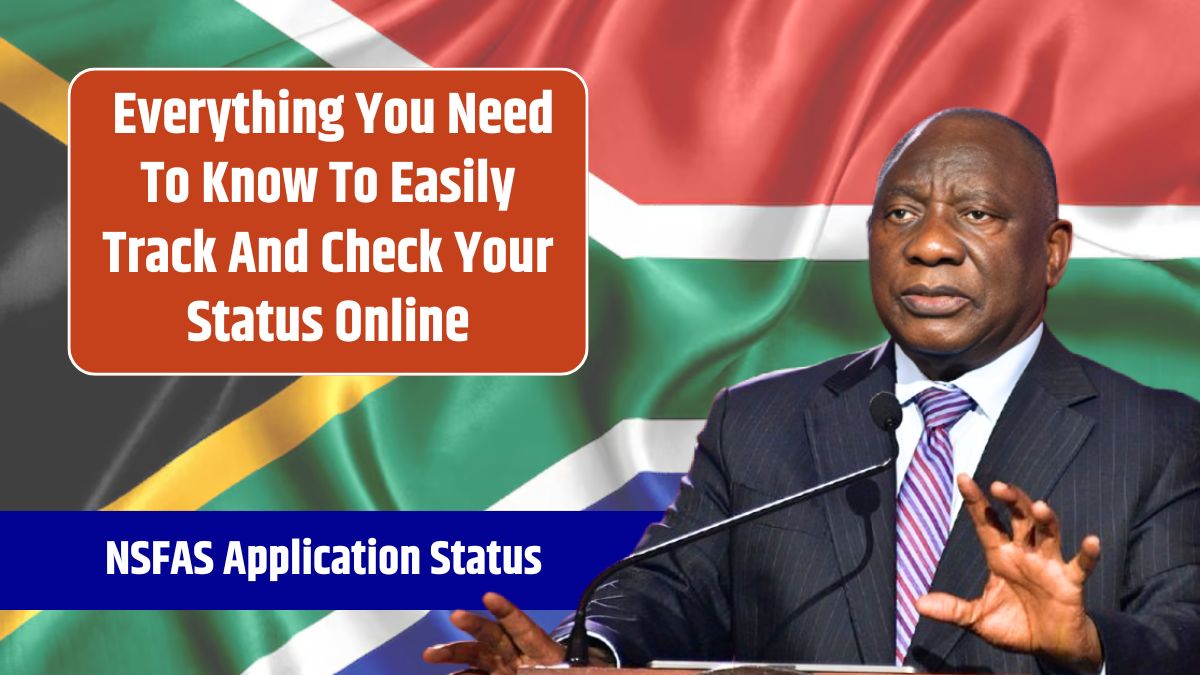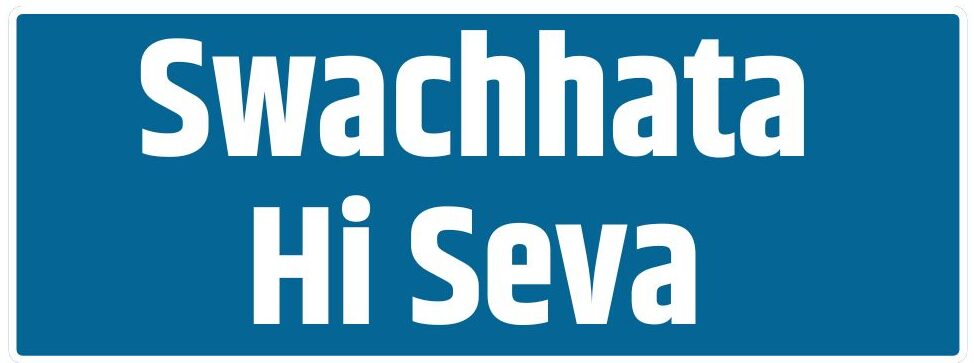With inflation and rising living costs straining many American households, financial relief is more important than ever. To assist eligible taxpayers, the Internal Revenue Service (IRS) has issued special payments of up to $1,400 to approximately one million individuals.
This refundable Recovery Rebate Credit is intended for those who did not initially claim it on their 2021 tax return.
The IRS began processing these automatic payments in December 2024, ensuring that eligible taxpayers receive their funds without needing to file an amended return.
Let’s break down everything you need to know about the Recovery Rebate Credit, who qualifies, and how to track your refund.
Eligibility
Not everyone is eligible for the Recovery Rebate Credit. According to the IRS, the payment was automatically issued to taxpayers who:
- Did not claim the credit on their 2021 tax return.
- Were eligible for the Economic Impact Payment but didn’t receive the full amount.
- Filed their 2021 tax return but missed claiming the credit.
If you meet these criteria, you should have already received the $1,400 payment via direct deposit or check, depending on how you filed your 2023 tax return.
Payments
The IRS issued the $1,400 Recovery Rebate Credit in two ways:
| Payment Method | Details |
|---|---|
| Direct Deposit | Sent to the bank account on file from the 2023 tax return. |
| Paper Check | Mailed to the address registered with the IRS. |
If you haven’t received your payment, you may need to check your eligibility or track your refund status.
Tracking Your Refund
Wondering where your money is? The IRS provides a simple way to track your refund using the Where’s My Refund? tool. To access your refund status, you’ll need:
- Your Social Security Number (SSN) or Individual Taxpayer Identification Number (ITIN)
- Your filing status (single, married, head of household, etc.)
- The exact amount of your expected refund
Once you enter this information, the tool will display one of the following statuses:
| Status | Meaning |
|---|---|
| Return Received | The IRS has received your tax return and is processing it. |
| Refund Approved | Your refund has been approved and is being prepared for issuance. |
| Refund Sent | The refund has been sent to your bank or mailed. It may take up to 5 days for direct deposits or several weeks for mailed checks. |
Claiming
If you did not receive an Economic Impact Payment or received less than the full amount, you may still be eligible to claim the Recovery Rebate Credit on your 2020 or 2021 federal tax return.
To check if you qualify, log in to your IRS online account and review your payment history under the Economic Impact Payment Information section. If necessary, you may need to file a 2020 or 2021 tax return to claim any missing stimulus payments.
These payments were part of three rounds of Economic Impact Payments (EIP) issued by the IRS and the U.S. Department of the Treasury during the COVID-19 pandemic. If you missed any, it’s worth checking if you’re eligible for a rebate credit.
With these automatic payments, the IRS is ensuring that taxpayers receive the support they deserve without additional paperwork.
However, if you have further questions about your refund, eligibility, or payment status, using the Where’s My Refund? tool is your best option for real-time updates.
FAQs
Who qualifies for the $1,400 Recovery Rebate Credit?
Taxpayers who didn’t claim the credit on their 2021 return but were eligible.
How will I receive my Recovery Rebate Credit?
Via direct deposit to your bank or a paper check mailed by the IRS.
How can I track my $1,400 refund?
Use the IRS ‘Where’s My Refund?’ tool with your SSN, filing status, and refund amount.
Do I need to file an amended return for the credit?
No, the IRS issued automatic payments to eligible taxpayers.
What should I do if I haven’t received my payment?
Check your eligibility and track your refund using the IRS website.

